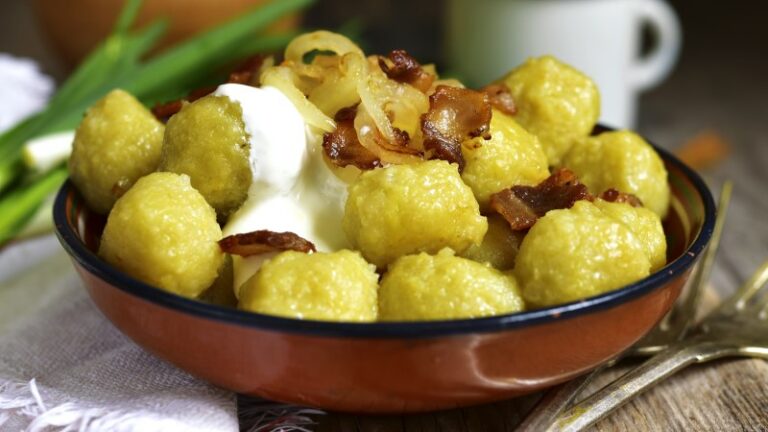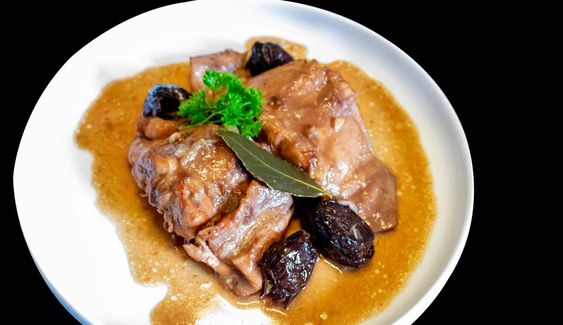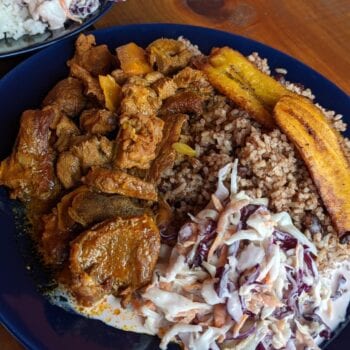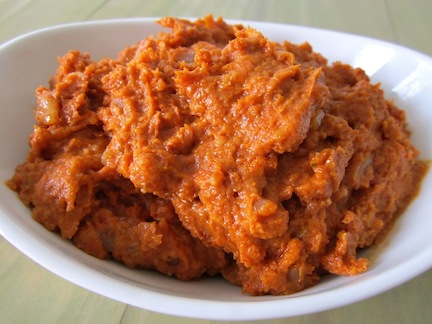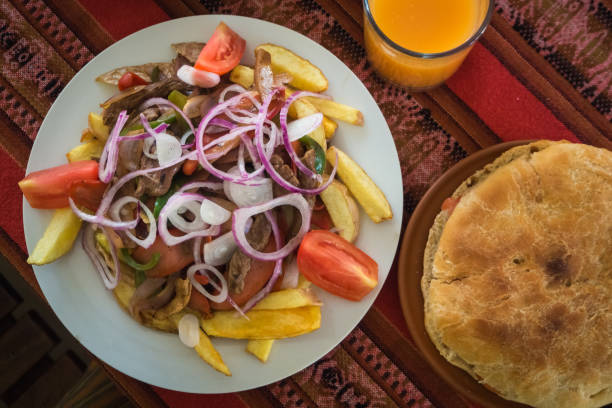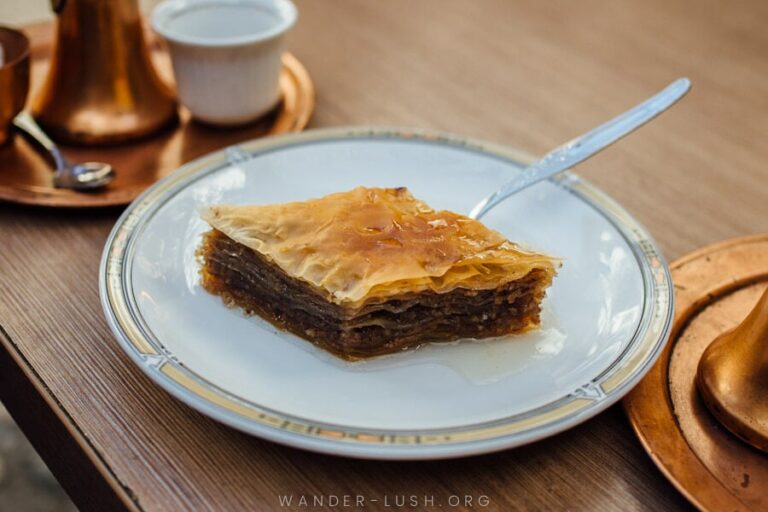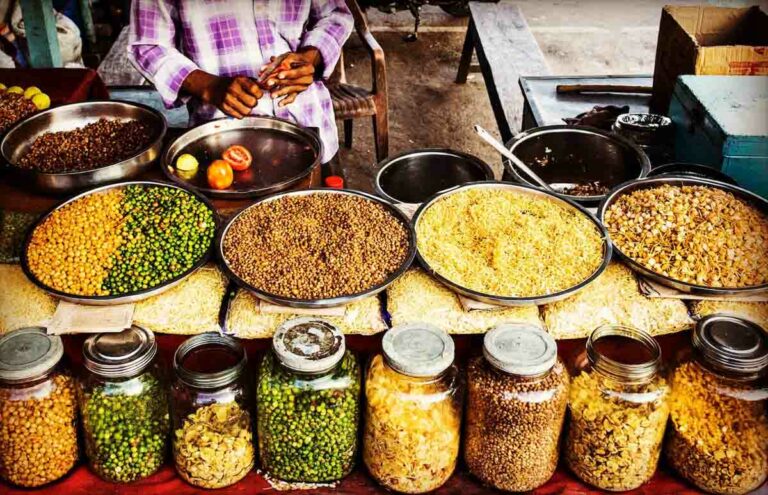Introduction: Overview of Bangladeshi cuisine
Bangladesh is a land of diverse cultural heritage, and its cuisine is a reflection of its rich history. Bangladeshi cuisine is a combination of various flavors and spices, influenced by the country’s geography, history, and culture. The cuisine of Bangladesh is predominantly rice-based, and its dishes are known for their unique blend of spices and herbs, which give them a distinct aroma and flavor.
Traditional cooking methods in Bangladesh
Traditional cooking methods in Bangladesh are often simple and straightforward. The most common cooking techniques include boiling, frying, and roasting. Stews and curries are also popular dishes, which are slow-cooked on low heat. Another traditional cooking technique is “bhuna,” where the spices and meat are slowly cooked over a low flame until all the spices are absorbed into the meat.
Use of spices in Bangladeshi cuisine
Spices are an essential part of Bangladeshi cuisine, and they are used in almost every dish. The most commonly used spices include cumin, coriander, turmeric, ginger, garlic, and chili. The spices are used in various combinations to create a unique flavor and aroma. Some dishes, such as biryani, require the use of whole spices, which are added to the dish before it’s cooked.
Importance of rice in Bangladeshi cuisine
Rice is a staple food in Bangladesh, and it’s an essential ingredient in almost every meal. There are many varieties of rice grown in Bangladesh, including basmati, which is used in dishes such as biryani. Rice is often boiled or steamed, and it’s served with various curries and stews.
Regional variations in cooking techniques
Bangladesh has seven different regions, and each region has its own unique cuisine and cooking techniques. For example, the cuisine of Sylhet is famous for its use of mustard oil, while the cuisine of Chittagong is known for its seafood dishes.
Unique cooking utensils in Bangladeshi cuisine
Bangladeshi cuisine also has its own unique cooking utensils, such as the “balti,” which is a deep, round-bottomed cooking pot used for making curries and stews. Another unique utensil is the “tawa,” which is a flat griddle used for making bread and pancakes.
Influence of neighboring countries on cooking techniques
Bangladesh shares its borders with India and Myanmar, and the cuisine of Bangladesh has been influenced by its neighboring countries. For example, the use of spices and herbs in Bangladeshi cuisine is similar to Indian cuisine.
Contemporary cooking techniques in Bangladeshi cuisine
In recent years, Bangladeshi cuisine has undergone significant changes, and contemporary cooking techniques have become more prevalent. Modern cooking techniques such as sous vide and molecular gastronomy are being used by some chefs to create innovative dishes while still maintaining the traditional flavors and aromas of Bangladeshi cuisine.



